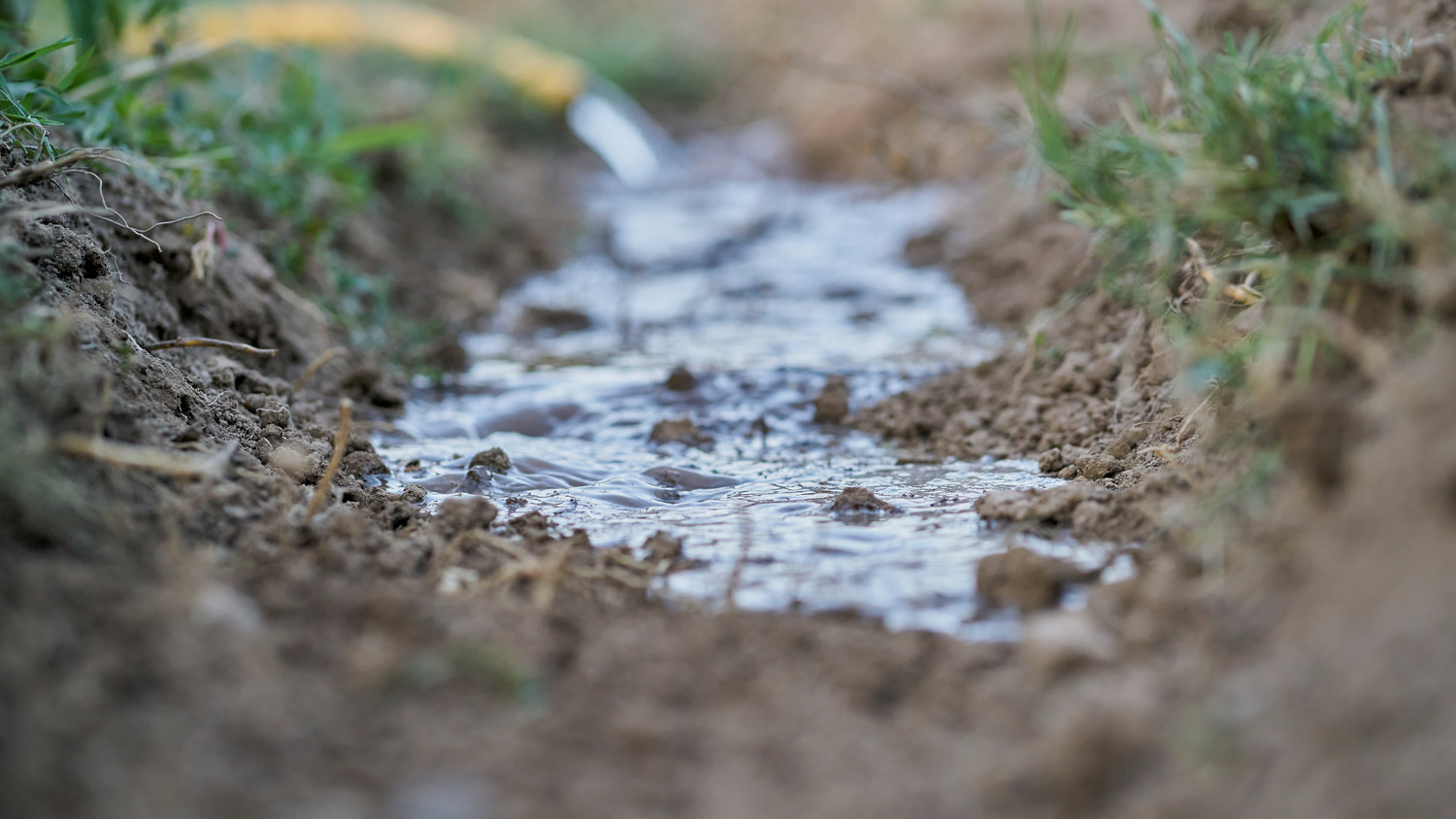
Discover the average stone restoration cost, including price ranges and key factors, to help you plan your next home project with confidence.
Here’s why your foundation walls are bowing to the pressure


Bowed basement walls are usually caused by hydrostatic pressure.
Other common causes of a bowed basement wall include foundation settlement, poor construction, and tree roots.
Bowing wall repair is best left to an experienced professional.
Your foundation has a big job. It must support the weight of your home, keeping it stable even when it’s being pressured by outside forces like rainwater and settling. Sometimes, the pressure is too much, and your basement walls will buckle or bow. If you’re concerned about a bowing foundation wall, this guide will explain the cause of the problem—and, more importantly, how to fix it.
Your home’s foundation walls can bow when wet soil outside the wall expands and pushes against the wall, putting undue pressure on the foundation. This is called hydrostatic pressure. Left unaddressed, it can cause major (and expensive to repair) structural issues with your home.
Your foundation walls need to be reinforced. A foundation repair pro near you will install a reinforcement system using carbon fiber reinforcements, steel beams, or steel wall anchors.

If your home’s downspouts direct water toward your foundation rather than away from it or your yard is sloped incorrectly, water will pool by your foundation and saturate the soil underneath. This will then cause hydrostatic pressure and bowing basement walls.
Inspect your gutters and downspouts to ensure they’re directing water away from the house. Hire a landscaper to regrade your yard so it slopes away from the foundation. Consider installing a sump pump or French drain to improve the drainage around your foundation walls. Installing a yard drainage system costs between $2,120 and $7,110.
Freeze-thaw cycles can weaken your basement walls and cause bowing. When the soil outside your foundation freezes and thaws, it expands and contracts, which puts pressure on the wall from the outside.
You can’t stop the ground from freezing and thawing, but you can reinforce your basement walls to minimize the damage. Bowing basement wall repair costs around $500 to $10,000, depending on the extent of the damage and the type of repair chosen.
All foundations settle over time. However, if your home settles unevenly, it can put undue pressure on the basement walls, causing them to bow over time.
Get a foundation inspection to see whether your home is settling unevenly. If it is, the inspector can recommend how to combat the issue before it causes structural damage.
A basement wall needs to be constructed from durable, quality material. If a builder doesn’t use the proper materials, it can cause issues down the road, including bowing walls. While you can’t go back in time and force the builder to use the proper materials, you can fix this issue in other ways.
Ask a foundation repair company to check that your basement walls were constructed from the appropriate material. If they weren’t, the pro can install reinforcements to strengthen the walls without replacing them.
Roots from a tree planted too close to your house could also put pressure on your basement wall from the outside. Over time, this can cause the wall to buckle or bow. According to the Nashville Tree Conservation Corps, small trees should be planted at least 10 feet from your home, while larger trees must be at least 50 feet away.
Check the distance between your home and the nearby trees and remove any trees that are likely to be causing an issue. When planting new trees, measure the distance between your home and the intended location for the tree before putting it in the ground.
Don’t take a bowing basement wall lightly. If you ignore the issue or try to fix it yourself, you’ll likely experience worse problems later on. Call a pro as soon as you notice bowing basement walls.
A pro will inspect the walls and recommend how to repair the problem. They might suggest installing wall anchors, steel or carbon fiber straps, or helical tiebacks to correct the problem. You can also opt for wall straightening, which involves excavating the soil from outside the foundation wall and pushing the wall back using hydraulic jacks. This is the most expensive option, at about $6,800 to $11,000, but it will fix the wall completely rather than simply prevent it from bowing further.
From average costs to expert advice, get all the answers you need to get your job done.

Discover the average stone restoration cost, including price ranges and key factors, to help you plan your next home project with confidence.

Door or window lintel replacement costs $400 on average, but there are ways you can save. On the other hand, complicated work will increase costs considerably.

The cost to replace brick front steps depends on the type of brick, square footage, pattern, and more. Learn how much you may spend on this project.

If you’ve started researching how to update old brick or repair crumbling mortar, you may be wondering what tuckpointing is. This guide has you covered.

Want your home to stand out and be the envy of the town? These tips for creating a natural brick and stone exterior could be just what you’re looking for.

If you own a historic brick home, you’ll want to pay attention to cracks, moisture, and settling—and greenlight a historic masonry restoration if they arise.